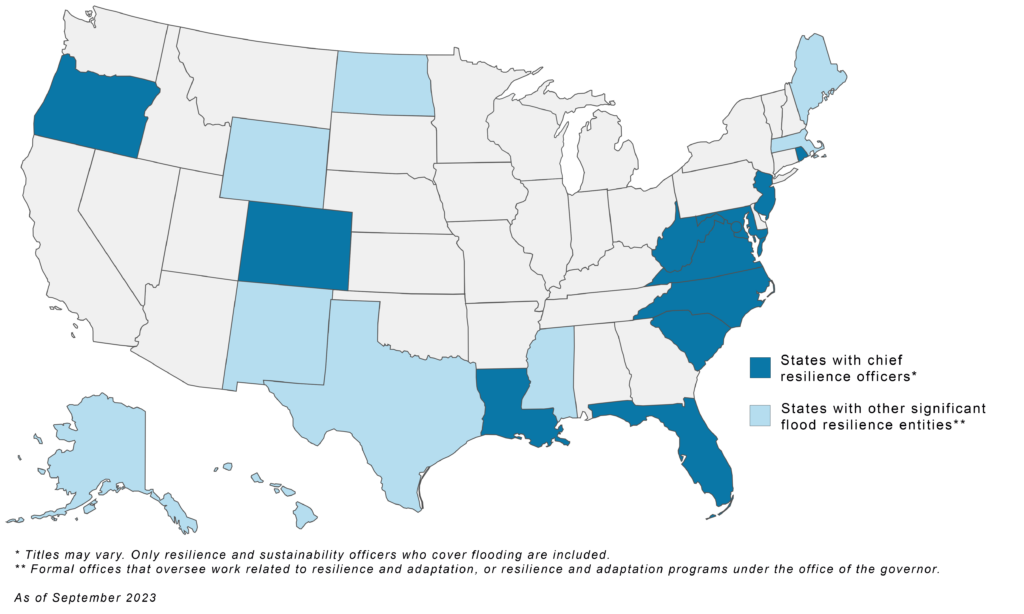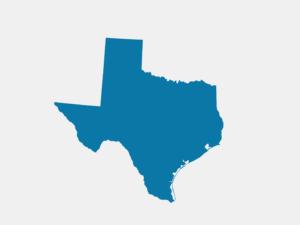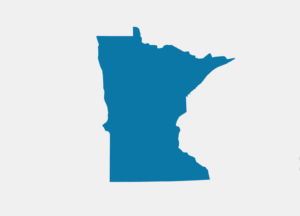Building resilience from the watershed up
Recommendations for states to better enable and initiate watershed-based collaboration and coordination. The report includes case studies that highlight general authorities, activities, and funding sources for watershed-based entities in Louisiana, Minnesota, and Texas.






